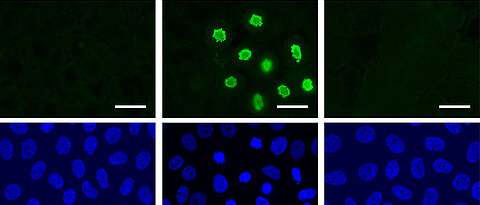Rare Antelopes and Black Cats
08/08/2019
Numerous large mammals have been documented with video traps on Mount Kilimanjaro by a research group of Würzburg University. The protected areas of the mountain are of tremendous importance for the biodiversity of this animal group.
more























